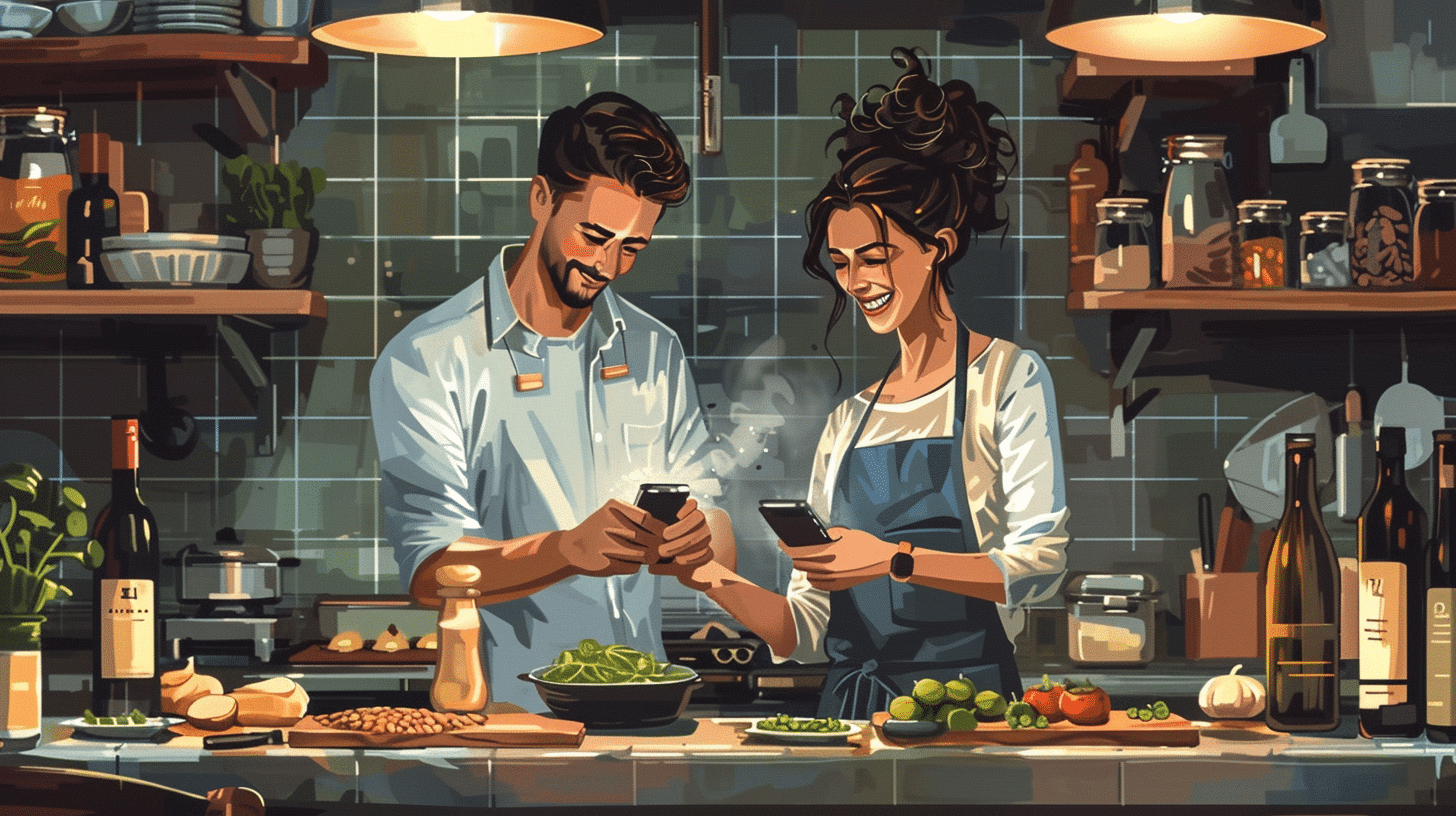The Historical Significance of Horses in Germany
Germany’s relationship with horses dates back centuries. Historically, horses were indispensable for transportation, agriculture, and warfare. The medieval period, in particular, saw the rise of the *knight* or *Ritter*, whose prowess and societal status were largely tied to their skills on horseback. The German word “Ritter” not only means knight but also shares its roots with the English word “rider,” highlighting the intrinsic connection between knights and horses.
During the Holy Roman Empire, horses were symbols of power and prestige. The famous *Lipizzaner horses* of the Spanish Riding School in Vienna, though associated with Austria, have Germanic roots. These horses were bred for their elegance and strength, qualities highly valued in Germanic cultures.
The importance of horses continued into the 19th and early 20th centuries with the cavalry units of the German military. Even today, horses remain significant in various cultural events, festivals, and sports.
Key Vocabulary and Phrases
To understand and appreciate this aspect of German culture, it’s essential to familiarize oneself with some key vocabulary and phrases related to horses:
– *Pferd* (horse)
– *Reiter* (rider)
– *Ritter* (knight)
– *Stall* (stable)
– *Huf* (hoof)
– *Sattel* (saddle)
– *Zügel* (reins)
– *Trab* (trot)
– *Galopp* (gallop)
– *Kutsche* (carriage)
– *Pferderennen* (horse racing)
By incorporating these words into your vocabulary, you can begin to understand the deep-seated equine traditions within German culture.
Equestrian Sports and Festivals
Modern Germany boasts a vibrant equestrian scene. Horse racing, show jumping, dressage, and eventing are popular sports, with many Germans participating as competitors and spectators. The annual *CHIO Aachen* is one of the most prestigious equestrian events in the world, attracting top riders and horses from around the globe.
CHIO Aachen
The *CHIO Aachen* (Concours Hippique International Officiel) is a premier equestrian event held in Aachen, Germany. It features competitions in show jumping, dressage, eventing, driving, and vaulting. For language learners, attending or following this event can be an excellent way to engage with German equestrian terminology and observe cultural nuances.
Key phrases to know when discussing equestrian sports include:
– *Springreiten* (show jumping)
– *Dressur* (dressage)
– *Vielseitigkeitsreiten* (eventing)
– *Fahren* (driving)
– *Voltigieren* (vaulting)
By learning these terms, you can better appreciate the complexity and beauty of these sports while enhancing your German language skills.
Traditional Horse Festivals
Germany is also home to several traditional horse festivals that celebrate the country’s equestrian heritage. These events often include parades, competitions, and various cultural activities.
One such festival is the *Leonhardifahrt*, held in Bavaria. This event honors St. Leonhard, the patron saint of farmers and horses. During the festival, beautifully decorated horses and carriages parade through towns, and blessings are bestowed upon the animals. Attending such festivals offers language learners a chance to hear regional dialects and traditional songs, further enriching their understanding of German culture.
Equine Idioms and Expressions
Every language has idiomatic expressions that reflect its culture, and German is no exception. Equine-related idioms are prevalent in the German language, often used to convey wisdom, humor, and life lessons. Here are a few examples:
– *Das Pferd beim Schwanz aufzäumen* – Literally, “to harness the horse by the tail.” This expression means to do something in the wrong order or to put the cart before the horse.
– *Ein blindes Huhn findet auch mal ein Korn* – Literally, “even a blind chicken finds a grain sometimes.” This idiom is similar to the English expression “even a broken clock is right twice a day,” implying that even a person who is usually wrong can be right occasionally.
– *Auf dem hohen Ross sitzen* – Literally, “to sit on a high horse.” This phrase describes someone who is arrogant or condescending.
– *Das ist ein Pferd von einer anderen Farbe* – Literally, “that’s a horse of a different color.” This idiom means that something is entirely different from what was previously mentioned or expected.
Understanding and using these idiomatic expressions can make your German sound more natural and fluent, as well as provide insights into the cultural significance of horses in Germany.
Equine Art and Literature
Horses have also been a prominent theme in German art and literature. From medieval tapestries depicting knightly battles to modern paintings capturing the grace of horses in motion, equine imagery is deeply embedded in the German artistic tradition.
Literary Works
Several German literary works feature horses prominently. One notable example is “Michael Kohlhaas” by Heinrich von Kleist. This novella, based on a true story, tells the tale of a horse dealer who seeks justice after his horses are unfairly seized. The story explores themes of justice, revenge, and the individual’s struggle against corruption, with horses symbolizing both the pr









